Understanding Git and GitHub

The Significance of Git and GitHub in Software Development
In the fast-changing world of software development, there is a great need for efficient version control systems (VCS). These systems enabled developers to track the changes in their code and manage them, collaborate, and maintain history for their project evolution. Git is evidently the most preferred version control system today among all the available worldwide developer communities. But what really makes Git, and hence GitHub, such an indispensable tool in the developer’s arsenal? Let’s go deeper into the world of Git and GitHub to find the weight of their importance.
The Genesis of Git
Linus Torvalds developed Git in 2005, and it surfaced with the Linux development community, wherein clear goals had been set: speed, support for nonlinear development (thousands of parallel branches), full distribution, and efficient handling of large projects, such as Linux. The name Git, humorously coined as “Global Information Tracker,” reflects its purpose as a comprehensive tracking tool.
Git vs. Version Control Systems
Before Git, there were several version control systems, such as CVS, Subversion, and Mercurial. Documents, computer programs, large websites, and other collections of information play a central role in the time when it comes to managing change. However, Git comes with immense advantages over its predecessors, since it primarily distributes the nature of the version control system that makes collaboration much more solid and flexible in dealing with the different versions of a project.
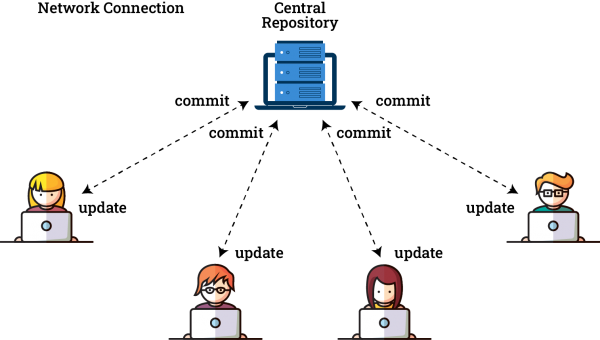
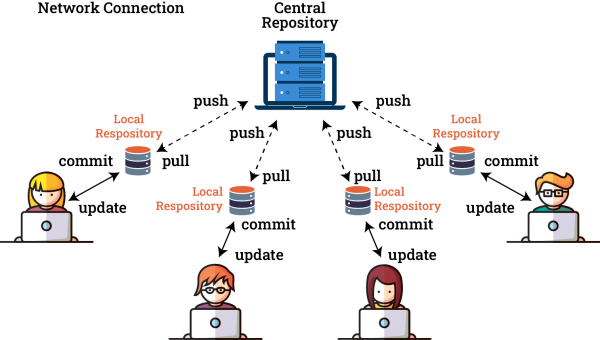
Why Git?
Git is more than just a tool for tracking changes—it’s a platform for collaborative creativity. It means that every contributor has a whole copy of project history, beginning with its very first steps. It means that development goes in a decentralized mode, and that allows for much more flexible working conditions, much less risk of losing data, much more inclusive atmosphere of contributing.
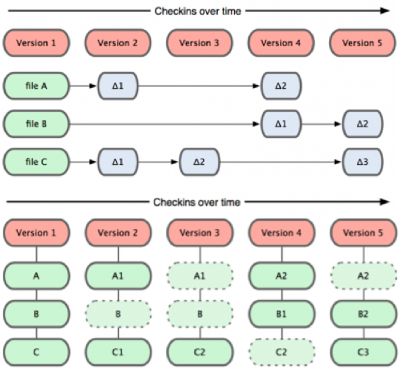
Introduction to GitHub
In 2008, they launched GitHub—a web-interface designed to bring about powerful project management and collaboration in realization of Git by Chris Wanstrath, P.J. Hyett, Tom Preston-Werner, and Scott Chacon. The world’s most popular software development platform, GitHub, was acquired by Microsoft in 2018. It offers free and paid plans for open-source projects, including private enterprise work.
Git and GitHub: A Powerful Duo
This is where Git supplies the tool to track change and collaboration working on software development. GitHub supplies an exceptionally friendly home to live for your Git repositories. This incredibly valuable combination has turned into an essential tool for developers in streamlining their respective workflows. However, I would like to note that Git doesn’t have any dependencies on GitHub, and it can be used even for a local or some other sort of remote repository.
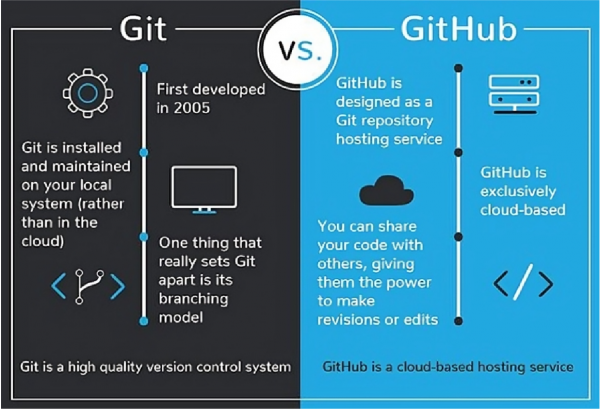
Setting Up and Using Git
Getting started with Git is straightforward. First, after downloading and installing Git from the official website, one needs to set up its user information. You can now create repositories, add files to them, commit changes, and work with others with your Git configured. `git clone`, `git add`, `git commit`, and `git push` are all helpful for the fast and effective organization of the version of the project and teamwork.
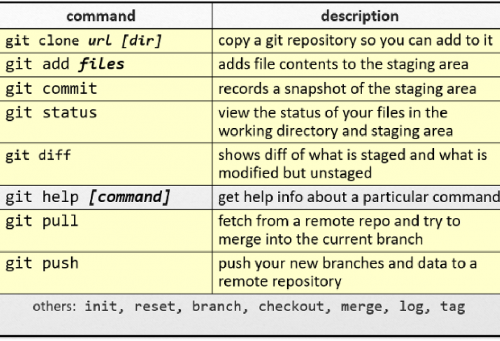
Embracing the Git Workflow
The understanding of the Git workflow is extremely important for a developer. It includes branch creation for feature development, committing change, and merging back into the main branch. This process ensures that while the instabilities are not allowed to get into the mainline project, experimentations and developments get to take place in those separate branches.
Conclusion
Git and GitHub are essential tools in the realm of version control and collaboration, particularly as they cater to the dynamic needs of the digital world. They significantly enhance the ability of developers to efficiently and collaboratively construct future technologies. By simplifying the processes of code sharing, review, and management, these platforms empower developers to innovate more rapidly and with greater precision.



